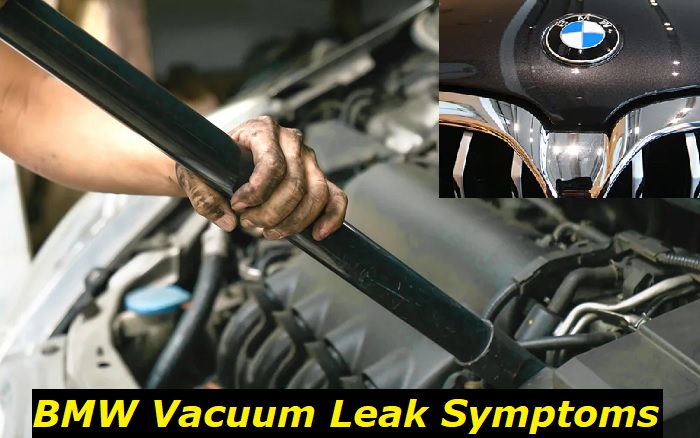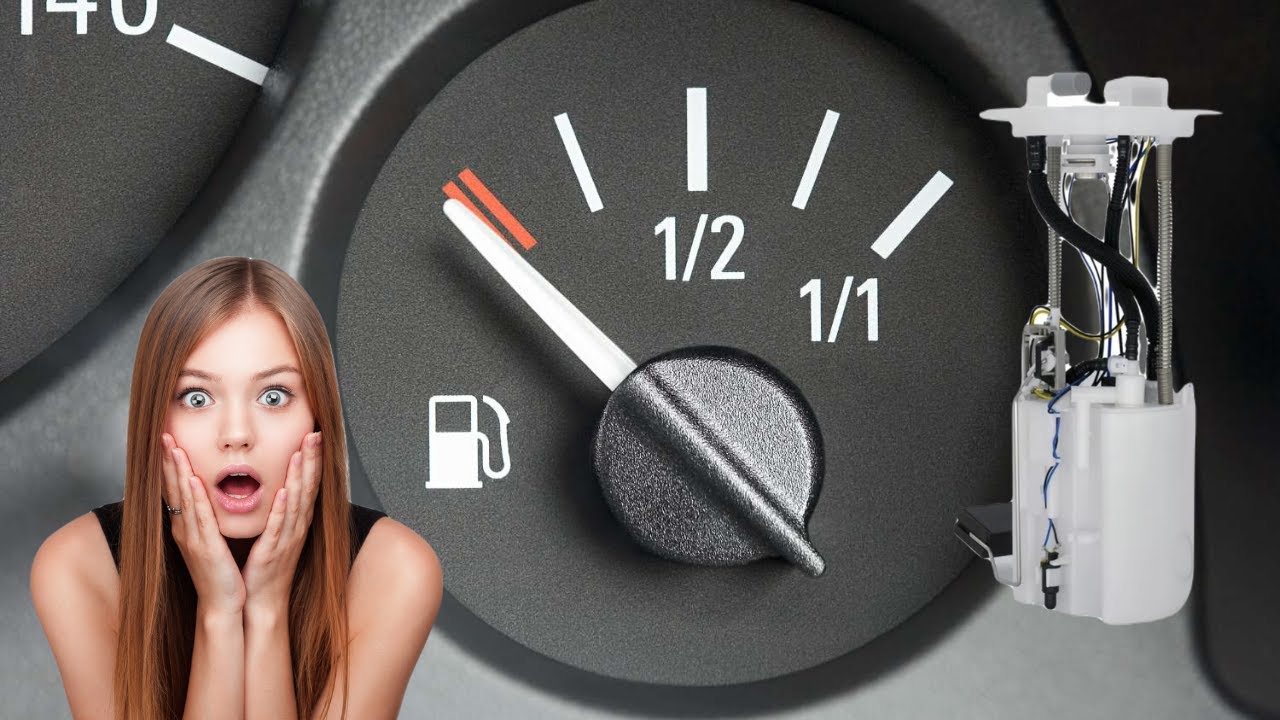Owning and driving a BMW car comes off as thrilling for most people. However, the car's unproblematic nature needs to be maintained by an active maintenance routine. Regular maintenance helps detect issues like a vacuum leak and resolve them to keep the car's performance seamless.

This article will answer all your questions about BMW vacuum leaks; in it, we cover the following topics:
- What is a vacuum leak?
- The symptoms of a BMW vacuum leak
- The common causes of a BMW vacuum leak
- How to find a vacuum leak
- Practical ways to fix a BMW vacuum leak
In addition to the above, we will provide a simple and engaging explanation of various aspects of a BMW vacuum leak and how to deal with the problem effectively. Ready? Let's get started.
What Is a Vacuum Leak?
In simple terms, a vacuum leak describes what happens when your BMW engine starts getting extra air from faulty gaskets, and cracked, damaged, or disconnected hoses. This immediately causes the engine to run on a lean mixture, meaning it runs on less fuel and more air.
The vacuum leak occurs when there is a leak anywhere between the engine and a mass airflow sensor. The mass airflow sensor measures the amount of air getting into the car engine.
The engine computer, commonly called the powertrain control module (PCM), then calculates how much fuel to inject into the engine based on the measurements from the mass airflow sensor. The vacuum leak problem doesn't end with your engine, as vacuum hoses supply air to different sensors and actuators in all parts of your vehicle.
This means a vacuum leak can result in many of your vehicle components malfunctioning. As a result, you might make unnecessary replacements when the problem is not with those car components but the vacuum leak.
A vacuum leak may seem like a minor issue, but it can significantly affect your engine and the overall performance of your BMW. The good news is that a vacuum leak is not hard to identify and get rid of if you have the proper knowledge, which we have creatively put together in this article.
What Are the Symptoms of a BMW Vacuum Leak?
There are many signs to check in your car to confirm if it has a vacuum leak or not. The most common one is when your vehicle has a rough idle or an idle revolution per minute (RPM) higher than usual.
In many instances, the rough idle and higher idle RPM comes with a check engine light on your dashboard. Signs to also look out for include slow acceleration and misfires.
The BMW engine effectively calculates the amount of air that enters it. So when there is an anomaly in the engine, different parts of the car may give you symptoms of a vacuum leak. Other signs of a BMW vacuum leak include:
- Check Engine Light
The engine control unit (ECU) controls all the sensors in your car whenever you are driving. If wrong information is being sent from one of these sensors to the engine control unit, it will light up the check engine light.
Vacuum leaks often cause a check engine light to appear on your dashboard. A trouble code also comes up in the ECU memory, telling you that the ECU has recognized a poor memory.
- High Pitch Noise From the Engine
Broken vacuum hoses can cause high-pitched noises because the engine constantly draws air through the leak, which causes noises.
If this symptom occurs, you're fortunate because a high-pitched sound makes detecting a vacuum leak much easier. Simply listen to determine where the sound originates.
- Misfires and Backfires
If your engine has a vacuum leak, it will frequently misfire and backfire. When your car has a vacuum leak, the air/fuel mixture can get so lean that the cylinders won't ignite correctly.
Misfire problem codes, such as the P0300, are frequently generated as a result. A vacuum leak around the intake manifold gasket is often the reason for your car misfiring on one engine or all cylinders.
- Rough or Slow Acceleration
When uncalculated air enters or leaves the engine, it causes the engine to have an improper air/fuel ratio, resulting in rough or slow acceleration. In addition, a vacuum leak usually causes a lean mixture, which frequently causes delayed acceleration. So, you can tell the engine is trying to accelerate, but something is preventing it.
The list of other possible causes of rough or slow acceleration is very long. So ensure you carry out a proper diagnosis on your car before you start replacing parts or making other repairs.
- Cracked Vacuum Lines
Another typical reason for a vacuum leak is a damaged vacuum line. A vacuum line connects the primary source of engine vacuum to wherever a vacuum reference is needed, like an accessory component. These lines can crack or slip off the vacuum system as it ages, resulting in a vacuum leak.
- Stalling or Trouble Starting
A BMW vacuum leak may cause an improper air-to-fuel ratio. As a result, your vehicle may stall or have difficulty starting. Stalling or starting issues will persist if the vacuum leak remains constant or happens more frequently over time.
Possible Causes of a BMW Vacuum Leak
A damaged vacuum hose or a leaking intake manifold gasket is the most typical source of vacuum leaks. The throttle body gasket or, in rare situations, a damaged intake manifold might also cause it to leak.
A vacuum leak can also be caused by a worn-out intake snorkel, broken rubber, and plastic hoses and lines, or partial or total failure of the positive crankcase ventilation (PCV) system, which happens in BMWs at higher mileage.
A faulty exhaust gas recirculation (EGR) valve and a leaking brake booster are also sources of vacuum leaks in a BMW. When most of these sources of vacuum leaks are discovered, you will most likely need to replace them.
How Do You Find a Vacuum Leak?
As you have learned the possible sources of a vacuum leak, the next step to take in dealing with a vacuum leak is to check and confirm if these places are actually causing a vacuum leak.
You can find a vacuum leak without using expensive tools or calling an auto repairer. First, spray flammable fluids around the area you suspect may be the source of the vacuum leak.
However, note that this method requires utmost precision and care, which is why it is not recommended. But if you decide to use it, make sure you have a fire extension close by and do it outdoors.
The steps are as follows:
- Visually inspect the vacuum hoses
- Start the engine
- Get a flammable spray ready
Carefully spray around the intake manifold gasket, the vacuum hoses, the brake booster hose, the solenoids and actuators, or the throttle bottle.
Once you spray any of the above parts, the engine sucks the fluid and combusts it, raising the RPM. From the rise in the RPM, you will detect where the leaks are.
As we've stated earlier, the above-outlined method is risky. Therefore consider other ways like visual and listening checks or using soap and water instead of the flammable fluid. You can also use an EVAP smoke machine; this method is very safe and fast, but the EVAP smoke machine costs about $1,000.
Can I Drive With a Vacuum Leak?
A modest vacuum leak isn't particularly dangerous to your engine's performance. It is, however, usually suggested that the vacuum leak be repaired as quickly as possible. Meanwhile, if your engine is running poorly due to a vacuum leak, you should not drive your automobile and avoid putting too much strain on it.
How To Fix a BMW Vacuum Leak
Let us now answer the second central question posed in this article. How do you fix a BMW vacuum leak?
After the source of the vacuum leak has been detected, the next step is to fix it. Start by tightening the bolts in the area or replacing the components entirely if they are beyond irreparable.
When it comes to damaged vacuum hoses, you don't always have to replace them. Instead, a vacuum hose needs a quick repair that takes only a few minutes.
You can easily replace the vacuum hose by cutting about an inch of the damaged area and reconnecting it. If the hole or tear in the hose is less than an inch, cut the affected area and join the hose with a union. When there is more than one damaged vacuum hose, work on them one at a time, and ensure you label them to avoid mix-ups.
Final Thoughts
It is important to note that diagnosing vacuum leaks is not always easy, so the do-it-yourself methods explained above to fix a vacuum leak may sometimes be ineffective. So instead, mechanics use a scan tool, special spray, and other testing equipment to ensure precision. However, if you choose to do it yourself, follow the steps and tips above.
About the authors
The CarAraC research team is composed of seasoned auto mechanics and automotive industry professionals, including individuals with advanced degrees and certifications in their field. Our team members boast prestigious credentials, reflecting their extensive knowledge and skills. These qualifications include: IMI: Institute of the Motor Industry, ASE-Certified Master Automobile Technicians; Coventry University, Graduate of MA in Automotive Journalism; Politecnico di Torino, Italy, MS Automotive Engineering; Ss. Cyril and Methodius University in Skopje, Mechanical University in Skopje; TOC Automotive College; DHA Suffa University, Department of Mechanical Engineering






Add comment